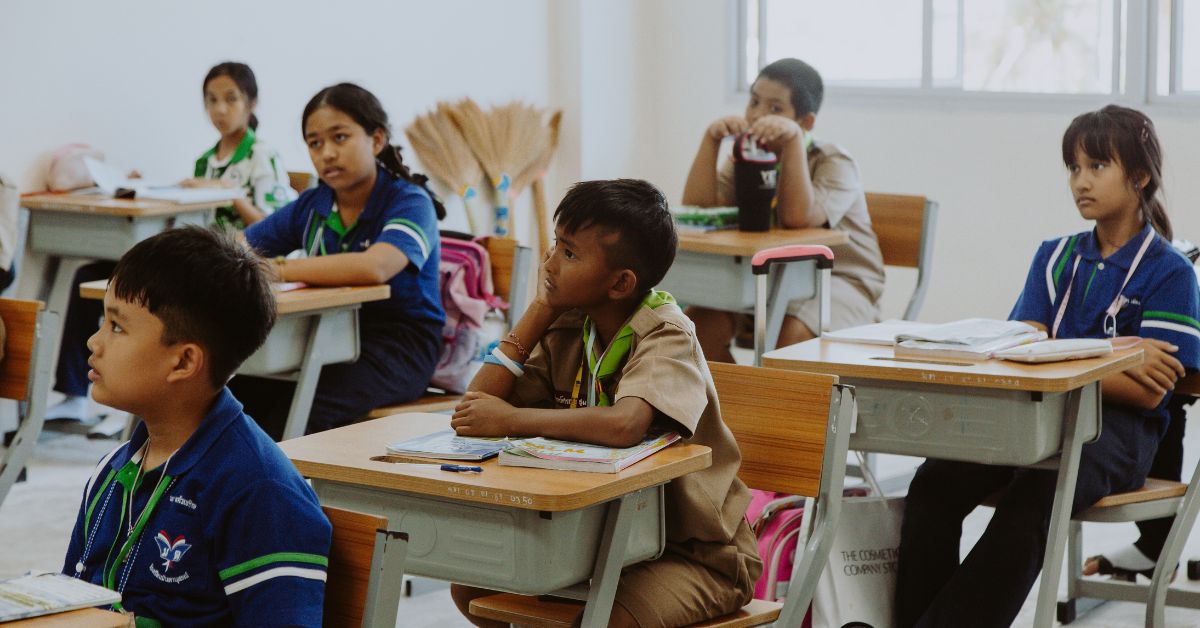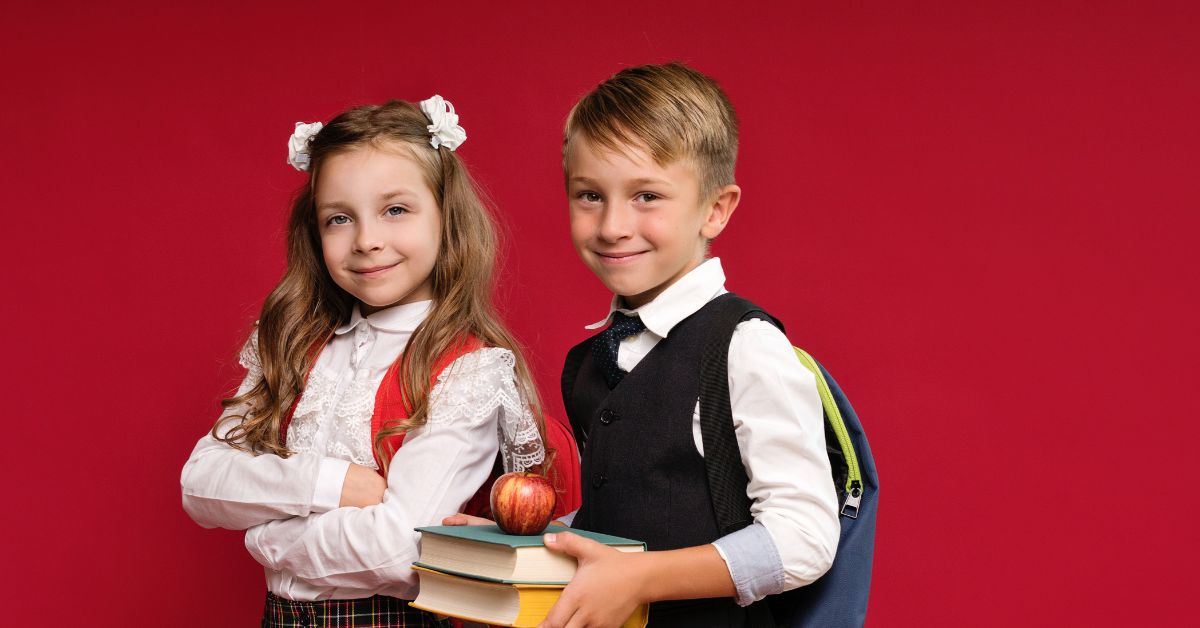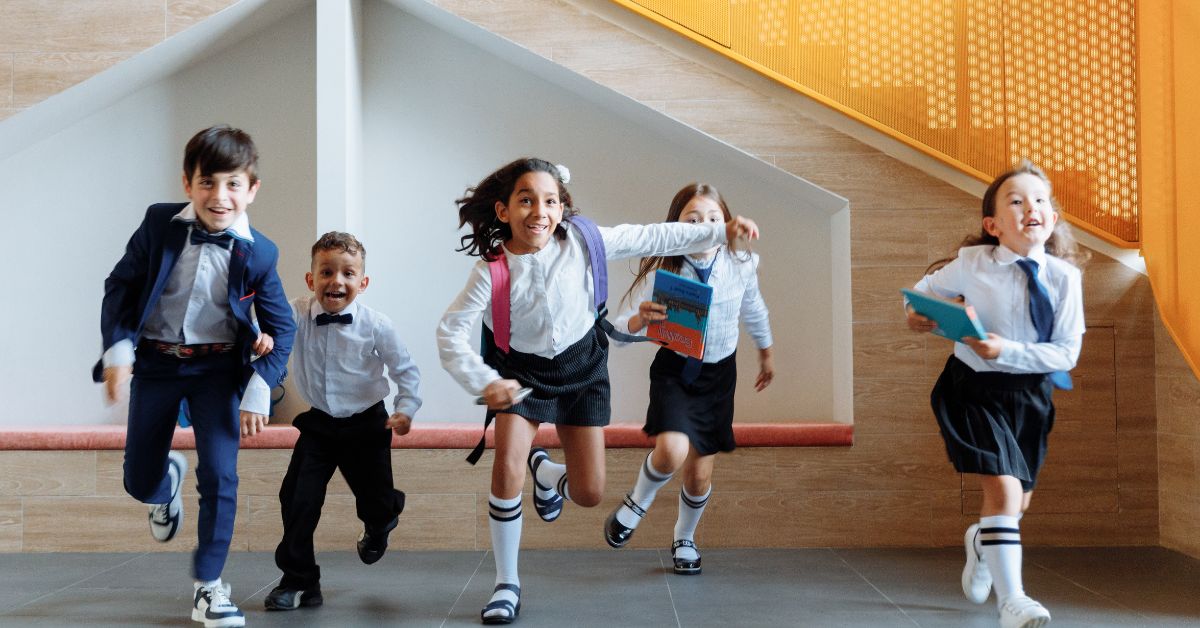What if school wasn’t just about tests and homework? What if it felt like home—where people know your name and care about how you’re doing? In Vermont, many schools are doing just that. They’re putting community, care, and relationships first.
Instead of focusing only on grades, they focus on helping students feel safe, heard, and part of something bigger. This is what real education can look like when people come first.
A Place Where Everyone Feels They Belong
In small Vermont towns, schools know their students really well. Teachers greet students by name. They ask about their pets, weekends, and feelings. These small things show students they matter.
When kids feel safe and cared for, they learn better. Vermont schools understand that emotional support is just as important as reading or math. Whether it’s a morning circle or a class project, it all begins with trust.
But the care doesn’t stop at school. Parents, farmers, and local shop owners help with learning, too. A math lesson might take place at a local store, or a science class might happen in a garden. Learning is everywhere—in the classroom and out in the community.
Schools That Create Real Change
In Vermont, schools are more than places to learn facts. They help students connect schoolwork to real problems in the world. Students learn about big issues like climate change, equality, and healthy food—not just by reading about them but by taking action.
In one school, students interviewed local elders to save their stories. In another, kids mapped energy use in their town and gave ideas to save power. These projects help students feel like they’re making a difference.
By tying lessons to real life, students learn to care about their world and take action to improve it.
Students Have a Real Voice
One big part of community-first education is listening to students. In Vermont, students are not just told what to do—they help make decisions. A high schooler might help hire a new teacher. A younger student might help design the school playground.
This shows students that their voice matters. It also teaches them how to be leaders and team players. Teachers still guide them, but they also trust students to take part and grow.
When students are heard, they’re more interested and involved in learning. They don’t just learn facts—they learn how to care about others, solve problems, and work together.
Teachers as Leaders and Helpers
Teachers in Vermont go beyond teaching subjects. They are also mentors, friends, and guides. They ask big questions like, “What does this student need right now?” or “Who can help us from the community?”
These teachers work as a team. Many schools support teacher learning groups where they share ideas, help each other, and lead together. When teachers feel respected and supported, they can be creative and stick around longer.
This teamwork makes schools feel more like families.
Learning That Really Stays
You can’t always measure success by test scores. But Vermont schools show success in other ways. Their students are confident, curious, and kind. Many come back after graduation to help their hometowns. These schools don’t just teach lessons—they build strong people.
It’s the kind of learning that stays with you for life. It helps you grow not just as a student but as a person.
The Big Picture
Vermont’s schools aren’t perfect. They still face issues like money problems and state rules. But they’re moving in the right direction. These schools show that when you put people first, education becomes something powerful.
In a world where many schools feel cold or stressful, Vermont offers hope. It shows us that schools can be warm, caring places that reflect the values of the people they serve. This is a model more places should explore.
Conclusion
When schools focus on relationships, trust, and care, students do more than pass tests—they grow into strong, thoughtful people. Vermont’s schools show us what’s possible when a whole community joins in. It’s not just about learning facts.
It’s about learning how to live, lead, and make a difference. And that kind of learning? It lasts a lifetime.








